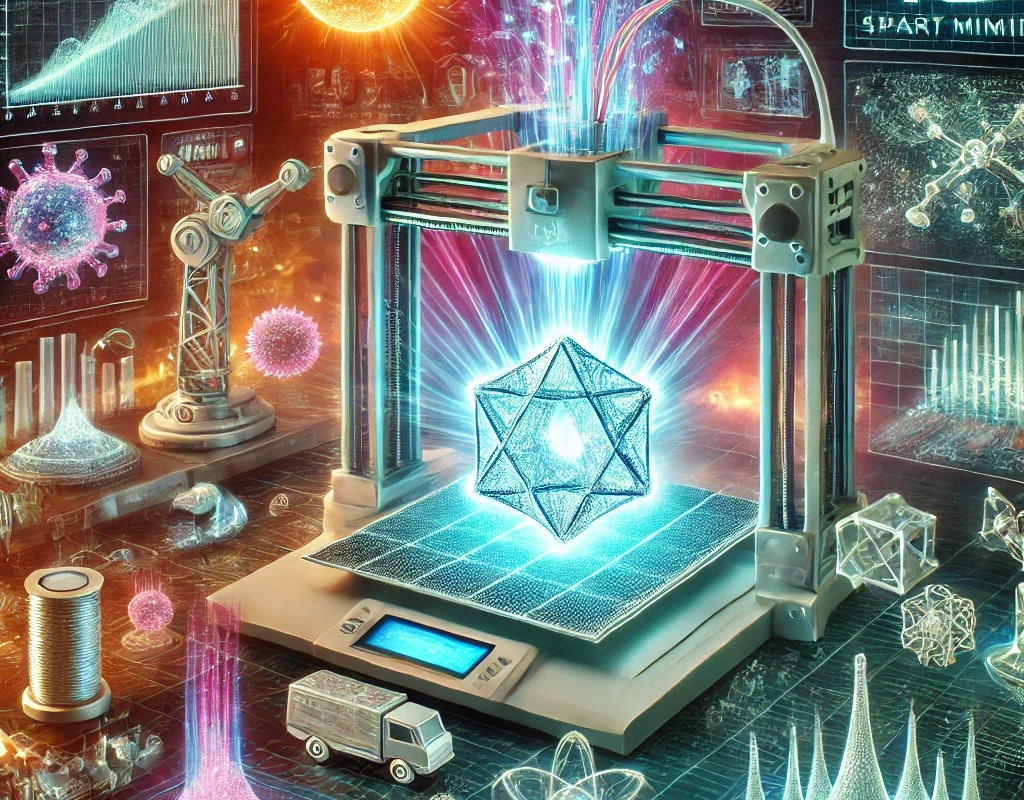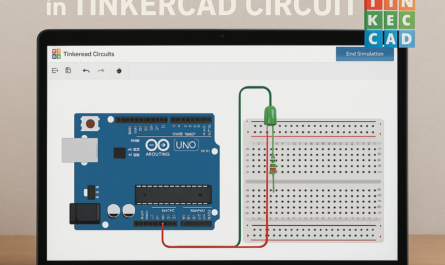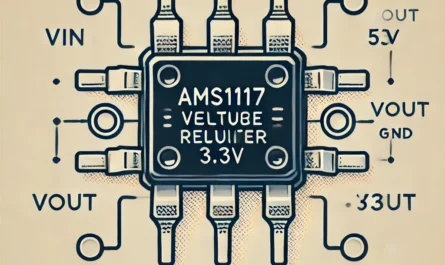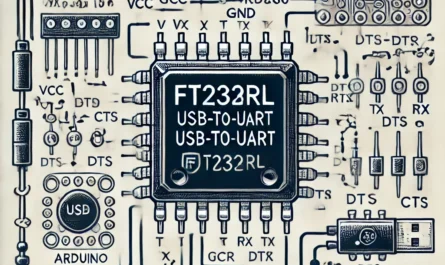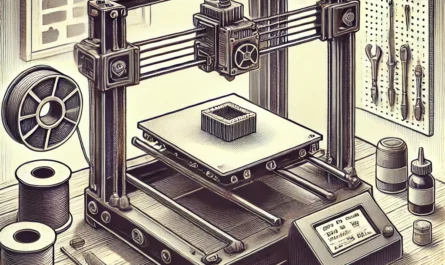Unlike 3D printing, where objects remain static, 4D printing enables them to change shape over time! ⏳✨ This is made possible by using smart materials that react to external stimuli like heat 🔥, water 💧, light 💡, electricity ⚡, or magnetism 🧲.
🛠️ 1. Shape Memory Polymers (SMPs) – React to Heat 🔥
These amazing materials can “remember” their shape and return to it when heated! 🧠➡️🔥
⚙️ How They Work:
1️⃣ Heat it up – The material softens and can be reshaped.
2️⃣ Cool it down – It stays in its new shape. ❄️
3️⃣ Reheat it – BAM! It returns to its original form! 🔄
🧪 Examples of SMPs:
- PLA-SMP – Like normal PLA, but it bends and resets! 🎭
- Polyurethane SMP – Flexible and perfect for wearables! 👕
- Polystyrene SMP – Changes shape with hot air! 🌬️
📌 Where It’s Used:
✔️ Self-repairing materials 🔧🤕
✔️ Smart textiles (clothes that adapt to weather!) 🧥🌦️
✔️ Medical stents that expand in the body! 🏥❤️
💦 2. Hydrogels – Respond to Water 💧
These materials swell up like a sponge when wet and shrink when dry! 🧽⬆️⬇️
⚙️ How They Work:
- Absorb water – Expand like magic! 🫧
- Dry out – Shrink back to normal! 🏜️
🧪 Examples of Hydrogels:
- PNIPAAm – Grows when wet, shrinks when warm! 🏜️🌊
- Chitosan hydrogels – Biodegradable & used in medicine! 🏥🔬
- Cellulose-based gels – Made from 🌱 plants!
📌 Where It’s Used:
✔️ Artificial muscles for robots! 🤖💪
✔️ Self-healing coatings! 🔄🛡️
✔️ Drug delivery systems (controlled medicine release). 💊🩺
🦾 3. Shape Memory Alloys (SMAs) – React to Electricity & Heat ⚡🔥
Super-strong metal alloys that change shape when heated or electrified! ⚙️🔋
⚙️ How They Work:
- Apply heat – Metal “remembers” its original shape! 🧠🔥
- Apply electricity – Moves on command! ⚡➡️🔄
🧪 Examples of SMAs:
- Nitinol (Nickel-Titanium) – Used in biomedical implants! 🏥🔗
- Cu-Al-Ni alloys – Strong and used in aerospace! 🚀🛰️
📌 Where It’s Used:
✔️ Smart robotic actuators! 🤖🦾
✔️ Self-repairing airplane wings! 🛫💡
✔️ Medical implants that expand when needed! ❤️🩺
💡 4. Photopolymers & Liquid Crystal Elastomers (LCEs) – React to Light 🌞
Some materials bend, shrink, or expand when exposed to light! 🌞🔄
⚙️ How They Work:
- Shine a laser – The structure changes! 🎯✨
- Turn the light off – It stays in place! 🚦💡
🧪 Examples of Light-Activated Materials:
- LCEs (Liquid Crystal Elastomers) – Light-controlled bending! 🌊🤖
- SLA photopolymers – Used in high-resolution 3D printing! 🎨
📌 Where It’s Used:
✔️ Solar panels that self-deploy! ☀️🔋
✔️ Bio-inspired robotics! 🦑🤖
✔️ Optical sensors & actuators! 🎥🔍
🧲 5. Magnetically Responsive Materials – React to Magnetic Fields 🧲
They move, twist, or reshape when near a magnet! 🌀🦾
⚙️ How They Work:
- A magnetic field is applied – Material aligns or moves! 🧲➡️🏎️
- Turn off the magnet – It relaxes! 🌙😴
🧪 Examples of Magneto-Responsive Materials:
- Ferrofluids – Magnetic liquids that shape-shift! 🛢️🔄
- Magnetically-responsive polymers – Soft & flexible! 🤲🦾
📌 Where It’s Used:
✔️ Tiny microrobots that swim in the bloodstream! 🩸🤖
✔️ Smart prosthetics! 🦿🔄
✔️ Self-moving materials! 🎭🚀
⚡ 6. Piezoelectric Materials – React to Electricity ⚡
These materials convert electricity into movement (or vice versa)! 🔋➡️🦾
⚙️ How They Work:
- Apply electricity – The material bends or vibrates! 🏗️🔄
- Apply force – It generates electricity! ⚡🌍
🧪 Examples of Piezoelectric Materials:
- PZT (Lead Zirconate Titanate) – Super-efficient! 🔋💡
- PVDF (Polyvinylidene fluoride) – A flexible polymer version! 🩹
📌 Where It’s Used:
✔️ Self-powered sensors! 📡🔋
✔️ Vibration-powered electronics! 📱⚡
✔️ Soft robotic skins! 🤖🤲
🔥⚡💧 Comparing 4D Printing Materials 🔄🛠️
| Material | Trigger | Examples | Uses |
|---|---|---|---|
| Shape Memory Polymers | Heat 🔥 | PLA-SMP, Polyurethane SMP | Smart textiles, implants |
| Hydrogels | Water 💧 | PNIPAAm, Chitosan Hydrogels | Soft robotics, medicine |
| Shape Memory Alloys | Heat/Electricity ⚡ | Nitinol, Cu-Al-Ni | Aerospace, robotics |
| Photopolymers & LCEs | Light 💡 | LCEs, SLA resins | Optical devices, actuators |
| Magnetic Materials | Magnetic Fields 🧲 | Ferrofluids, Magnetic Polymers | Microrobots, medical tech |
| Piezoelectric Materials | Electricity ⚡ | PZT, PVDF | Sensors, energy harvesting |
🚀🌍 The Future of 4D Printing 🌟
The biggest advantage of 4D printing is programmable adaptability – objects transform based on real-world conditions! 🔄🏗️
🔹 Imagine:
- A bridge that self-repairs after an earthquake! 🌉🛠️
- A robot that grows new parts when damaged! 🤖🦾
- Clothing that adjusts to your body temperature! 👕🔥❄️

